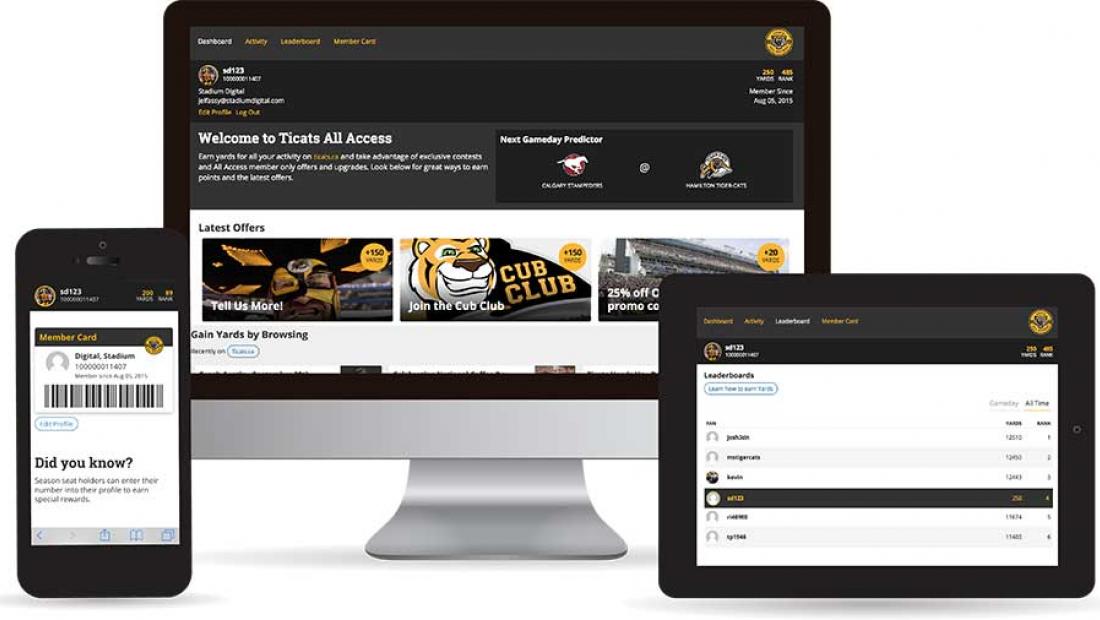Survey Says: Digital Divide Is Closing

The high-speed broadband digital divide between higher and lower income families is closing.
That is one of the findings of Common Sense's third installment in tracking media use by young children. It also shows a big increase in time spent in front of tablets, and not the fat, paper kind, and that over-the-top is the top video subscription service choice for those families.
Another finding is that the digital divide between higher and lower income families is closing.
The Common Sense Census: Media Use by Kids Age Zero to Eight found that since 2011, the gap in high-speed access between higher and lower income families--the so-called digital divide--has been reduced from 50 percentage points to 22. It is now 96% of higher income and 74% of lower.
"It is promising to see many of the gaps closing when it comes to access to technology and devices among all segments of our population," said Common Sense CEO James P. Steyer. "Technology is integral to success in our world, and every child deserves access to it. Over the last several years, we have seen the digital divide and app gap closing, which is a very positive development for our country."
And kids are putting that 'net access to use.
The study found that 42% of kids eight years old and younger have a tablet, which is up only 1% from 2011. But the time spent has skyrocketed to 48 minutes a day, up from only five minutes in 2011. Given that rise in tablet screen time, Common Sense has launched a new PSA featuring comedian and actor Will Ferrell in the latest extension of its #DeviceFreeDinner campaign, which asks parents and kids to both put down their devices and talk to each other over the evening meal. Ferrell plays a dad to busy making himself into a cat video on his smartphone at the dinner table to note how is family is grieving his virtual absence from the family table.
The rise in tablet ownership by lower income families is dramatic, with 61% now having a tablet versus 2% in 2011.
Broadcasting & Cable Newsletter
The smarter way to stay on top of broadcasting and cable industry. Sign up below
And in a sign that more of those families are moving to over the top video for their video, 72% have a video subscription to an OTT service like Netflix or Hulu, versus 65% who have a cable subscription.
In a finding that kids privacy advocates will want to note, 10% of the children have an interconnected toy or voice-activated virtual assistant device--Amazon Echo or Google Home for example.
The report was based on an online survey of 1,454 parents of children age 8 or under and was conducted Jan. 20-Feb. 10, 2017.
Contributing editor John Eggerton has been an editor and/or writer on media regulation, legislation and policy for over four decades, including covering the FCC, FTC, Congress, the major media trade associations, and the federal courts. In addition to Multichannel News and Broadcasting + Cable, his work has appeared in Radio World, TV Technology, TV Fax, This Week in Consumer Electronics, Variety and the Encyclopedia Britannica.










